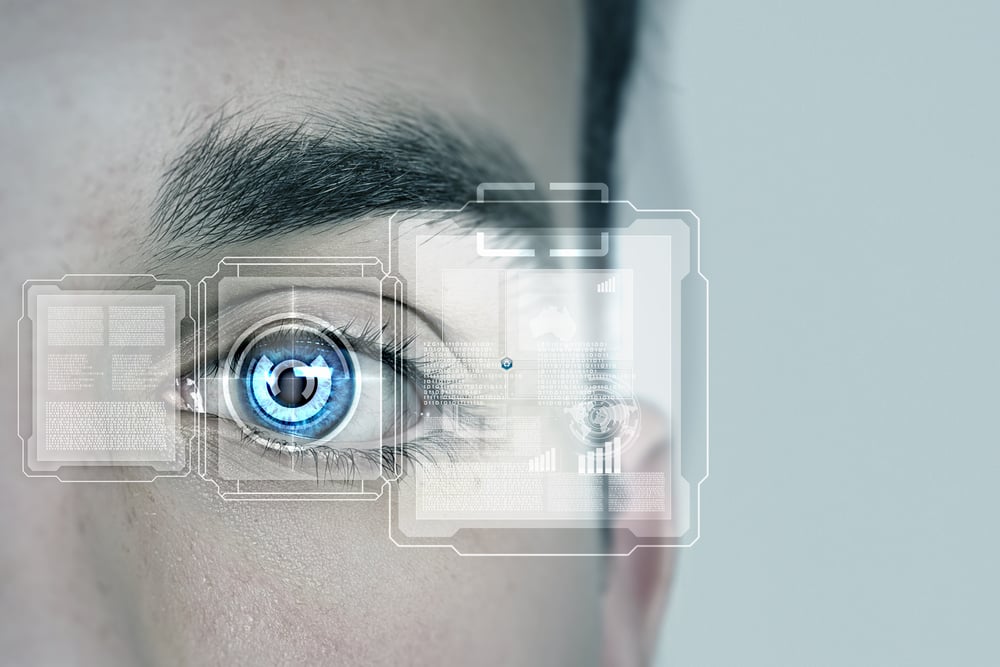Verification is a tool to ensure the correctness of identity. In the current digital era, verification for mobile banking usage has become a mandatory service provided by banks. Why is verification necessary? What are the types of verification? This article will discuss it in detail.
What is Verification
Verification has several definitions according to its context. According to the Indonesian Dictionary (KBBI), verification is the examination of the truth of reports, statements, money calculations, and so on.
In essence, verification is the process of comparing two or more things to ensure the accuracy and correctness of information. Verification can also be defined as confirmation by providing objective evidence.
You might often hear verification in research. In this context, verification means the process of determining the truth of a statement through empirical methods and scientific testing to ensure its accuracy. Researchers perform verification to ensure that the output data matches the tested data.
Meanwhile, data verification is the examination of data accuracy. Data verification is carried out to prove that data collection meets all requirements, thus minimizing errors during data input in various research methods.
The form of verification closest to everyday life might be when creating a password. Applications usually ask you to enter the password twice. This is an example of verification ensuring that the data you enter is correct. The first password entry is verified against the second entry.
The definition of verification in mobile banking usage is the process of ensuring that the user accessing mobile banking services is the legitimate account owner. This process involves validating various digital credentials, such as ID cards, biometric data, or other relevant information.
Types of Verification
1. PIN or Password-Based Verification
The verification process involves users entering a pre-set PIN or password to access their accounts. The system then checks the entered information against stored data.
2. Biometric Verification
This verification uses biometric data such as fingerprints, facial recognition, or retina scanning. Biometric data is unique to each individual, making it difficult to fake and effective in preventing unauthorized access. A study by Grand View Research estimates that the global biometric verification market size will reach $59.31 billion by 2025, driven by adoption in mobile banking.
3. Two-Factor Authentication (TFA)
This verification combines two methods, such as entering a password and confirming with a code sent via SMS. Two-factor verification in mobile banking is necessary to add an extra layer of security, making it harder for fraudsters to breach accounts.
4. Document-Based Verification
This method involves using official identity documents such as ID cards, passports, or driver's licenses that are scanned and verified digitally. The system used for this verification is Optical Character Recognition (OCR), which can reduce the risk of manual data entry errors.
5. AI-Based Verification
Artificial intelligence (AI) technology is increasingly used in identity verification processes. AI's function in verification is to analyze user behavior patterns and track activities on the internet. IBM data shows that AI usage in identity verification can reduce fraud rates by up to 20%. This method provides an additional layer of security by detecting unusual activity in real time.
Functions of Verification
1. Security
The primary function of verification is to protect user accounts from unauthorized access. In mobile banking, where personal data is required for transactions, verification is needed to prevent account breaches, transaction fraud, and identity theft.
2. Regulatory Compliance
As a regulatory compliance tool, the function of verification is to ensure that banks meet the security requirements set by financial authorities. This can mitigate the risk of penalties for non-compliance with regulations.
3. Increasing User Trust
A FICO survey shows that 60% of users are more likely to use mobile banking if they trust its security. This means user trust in banks is driven by confidence in the safety of their transactions. By implementing strict verification, banks effectively build a reputation as institutions prioritizing security.
Uses of Data Verification
Data verification is a crucial process in ensuring the truth and accuracy of information used for various purposes. This process not only helps identify and correct data errors but also improves data integrity. Here are the uses of data verification:
1. Improving Data Accuracy and Quality
The main goal of data verification is to ensure that collected and used data is accurate and error-free. With accurate data, organizations can make more precise and effective decisions.
2. Reducing Fraud Risk
Data verification is essential in reducing fraud risk. In business and finance contexts, it prevents calculation errors and incorrect transactions. In banking, customer data verification is crucial for preventing identity fraud and other criminal activities.
3. Ensuring Regulatory Compliance
Data verification helps organizations comply with legal and regulatory requirements. According to Indonesia's Law No. 19 of 2016 on Information and Electronic Transactions, data verification is crucial for ensuring personal data security and confidentiality. Compliance helps organizations avoid legal sanctions and maintain their reputation.
4. Aiding Decision-Making Processes
Verified data provides a strong foundation for decision-making. In research, it ensures valid and reliable results. In business, verification helps analyze market trends, consumer behavior, future technological trends, and other factors influencing decisions.
5. Increasing Operational Efficiency
Accurate data verification improves a business's operational efficiency. Inaccurate data can lead to inefficient and time-consuming processes. Verified data enables precise planning, optimizing time and costs.
Ensure your business collaborates with officially registered providers like VIDA. VIDA offers verify services that can compare biometric and demographic data with the national database. The technology used by VIDA is NIST-standardized with an accuracy of up to 99.5%, ensuring safety and reliability.
Verification is the main gateway for financial services to welcome new users. If the verification itself is not secure, how can users trust the financial services, especially mobile banking?

.png)


